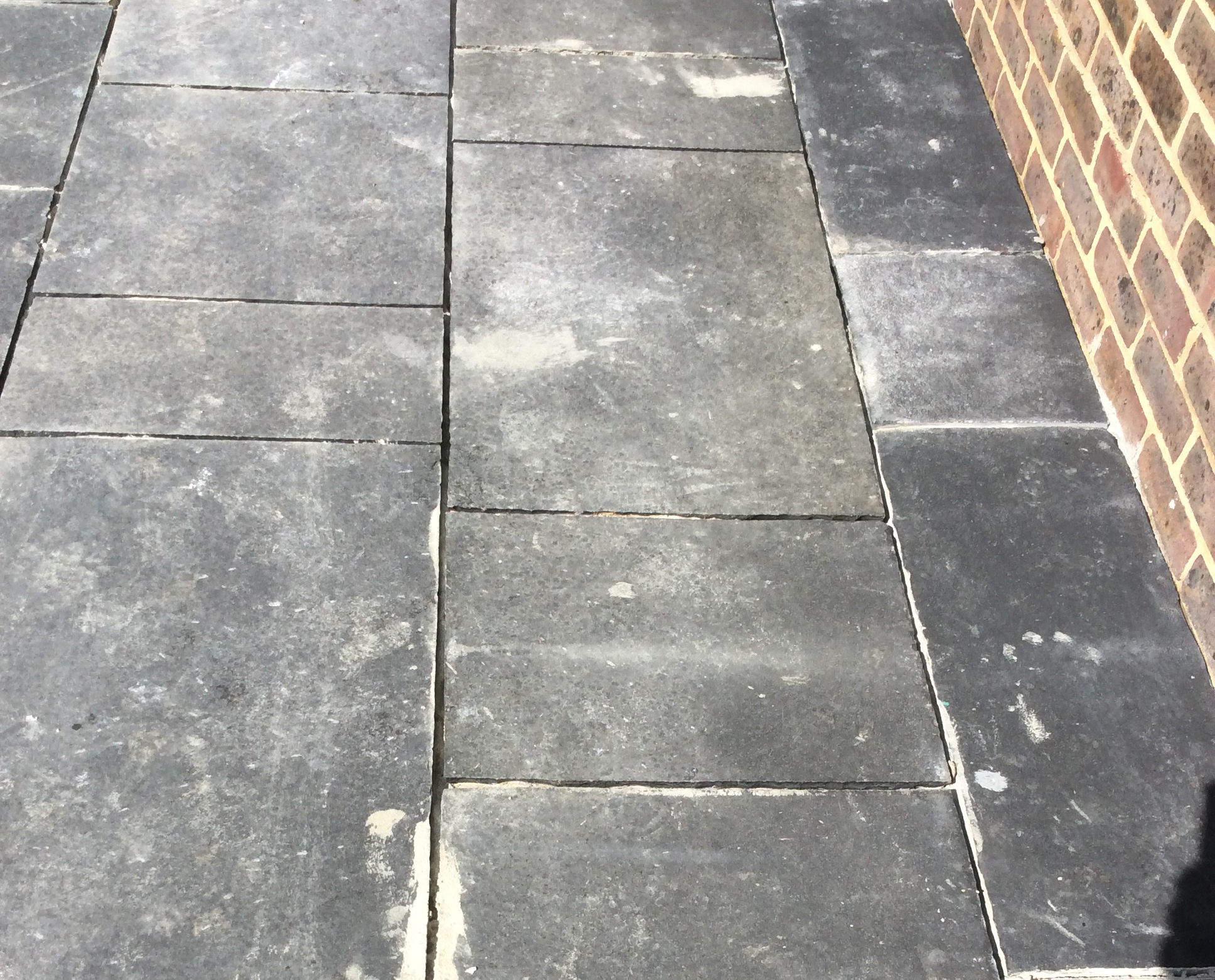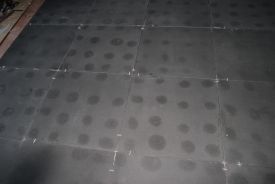
White, mineral-based residues can ruin a tile installation. They come in various guises – from that chalky white grout haze left after an installation, to white blooms that rise up from a subfloor. As well as compromising appearance, they can also make maintenance really difficult. So, how can you remove them without damaging a tile or natural stone surface?
Most of these residues can’t be removed with a standard cleaning product. They need something tougher. The problem is that acid-based solutions generally needed to remove minerals can’t be used on a lot of tile surfaces. If you attempt to clean an acid-sensitive material with a traditional acid cleaner, like ‘brick acid’, it will corrode the surface and effectively eat it away. Hydrochloric-based acids also emit harmful fumes and can damage certain metals, like aluminium trims around a shower enclosure.
A safe and effective solution comes in the form of LTP’s new Cement, Grout & Salt Remover. This brand new product replaces conventional acid and, when used as instructed, is safe to use on all types of tiles – from porcelain to glazed ceramics – and all natural stone surfaces too, except for those with a polished finish. A diluted application removes mild mineral residue within 30 minutes, whilst a stronger application and agitation gives instant results. After treatment, just extract deposits with a sponge and rinse the surface with clean water. Wet vacs can also be used.

Efflorescent and spot fixing
As well as removing cement and grout, LTP’s new Cement, Grout & Salt Remover also disperses rising salt residues caused by efflorescence and spot fixing.
Efflorescence is very common on outdoor surfaces, like bricks and patio pavers. It creates a powder-like dusting or ‘bloom’ on the surface. Efflorescence is caused by soluble salts and moisture rising from the ground or subfloor, or migrating through a wall. When they reach the surface they evaporate and leave a layer of salt deposits behind.
Spot fixing creates a similar issue. Adhesive is often dabbed onto each corner and the centre of a tile to fix it onto a wall or floor. This creates a void between the adhesive, the tile and wall/subfloor. Moisture from the adhesive then collects in this void; minerals from the adhesive or concrete sub floor are then activated and they travel through to the tile surface, leaving a tell-tale ring mark or staining effect above each dab of adhesive.
 Natural stone floor that has been installed using spot fixing.
Natural stone floor that has been installed using spot fixing.
Usually, an acid-based treatment like LTP Grout Stain Remover would be used to remove these marks from acid-resistant stone – but, where the surface is acid-sensitive, LTP Cement, Grout & Salt Remover now offers a safe and very effective solution.
To find out more about the new Remover,please contact LTP on tel. 01823 666213 or email [email protected]
ends –
For media information and photography, please contact Angela Fitzhugh PR Ltd on tel. (01590) 622521 or email [email protected]



